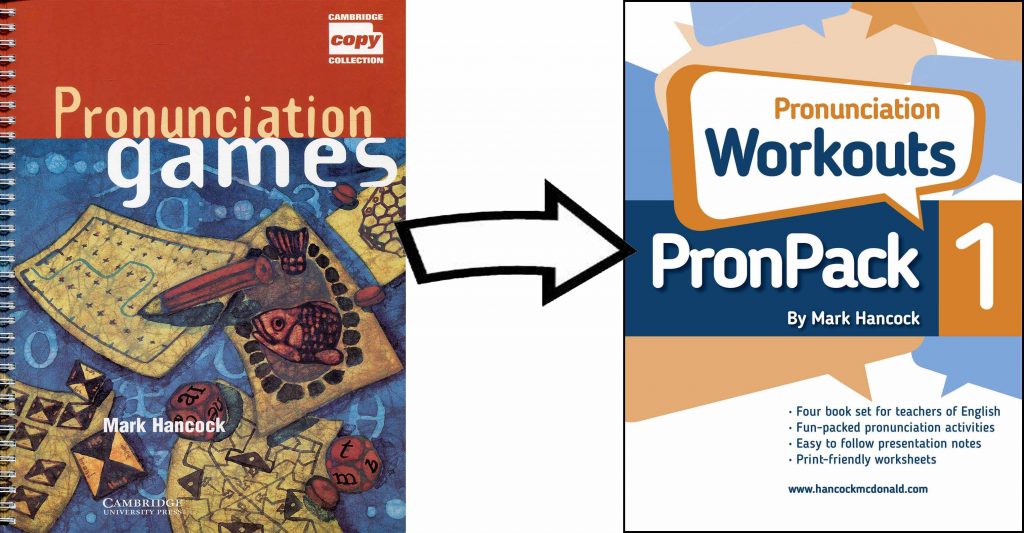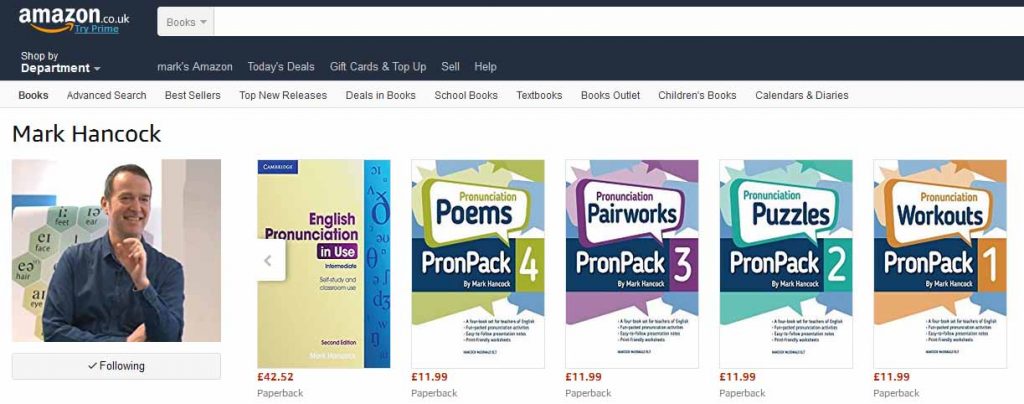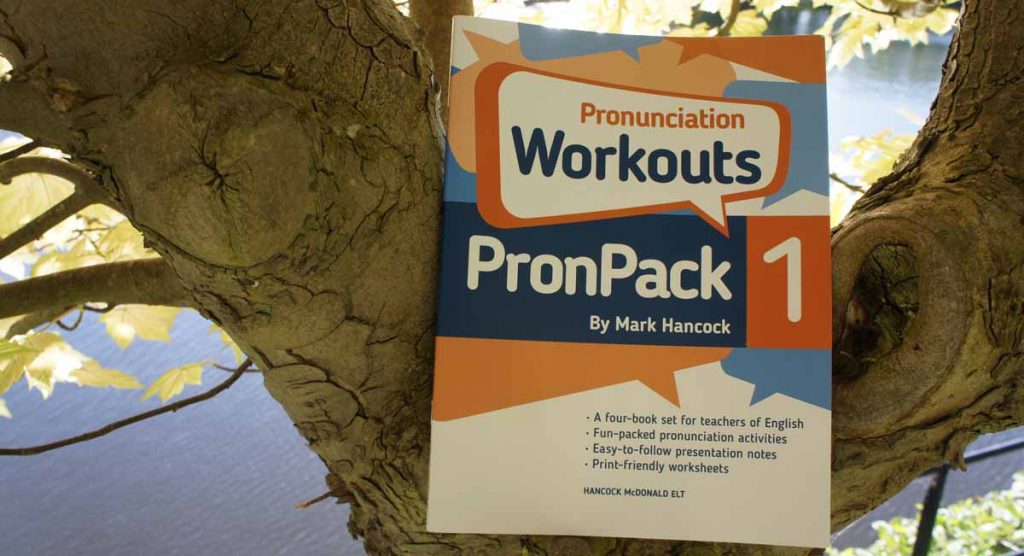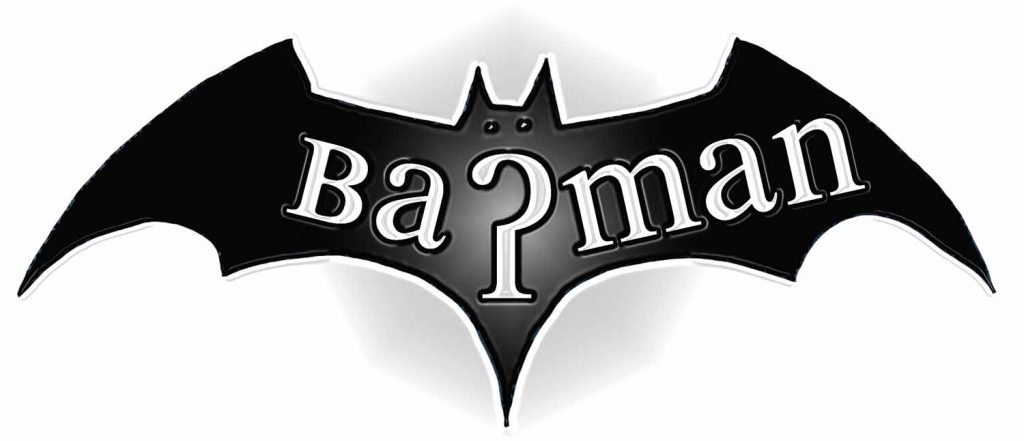Perhaps pronunciation teachers need a taxonomy of lower to higher order pronunciation skills. ‘Copy’ is at the lower end of the spectrum and ‘Accommodate’ at the higher end. If you’re around Madrid next week (Oct 20th), I’m doing a talk on it. http://hancockmcdonald.com/talks/pronunciation-be-teacher-not-preacher-0
The Art of the Chart

Most teachers of English will have come across a sound chart at some point, but few realise how arbitrary they are. I do not mean ‘arbitrary’ in the negative sense of ‘with no good reason’, but rather in the sense that there are choices that the designer has had to make. At every stage in the creation of a chart, the author will have made decisions which could equally well have been otherwise. Phonetic facts interplay with pedagogic priorities and graphic limitations, and these forces do not always pull in the same direction, so that compromises are required. Chart design is as much an art as a science.
A chart is not objective reality, but one person’s model of reality. In this article, I will present a sound chart of my own creation and explain the rationale for the decisions I made when designing it. The full charts referred to below can be viewed here. Continue reading “The Art of the Chart”
From Pronunciation Games to PronPack

Pronunciation Games (CUP 1995) was my first book, and it still sells today over two decades later. It’s a resource book for teachers, consisting of 36 photocopiable game pages along with step by step teaching notes. It proved to be immediately popular and won an award – the Frank Bell prize – shortly after publication. Nowadays, when I am out at ELT events, people often tell me how much they have been influenced by the book.
In the years since writing Pronunciation Games, I went on to write a wide variety of ELT books about pronunciation and other topics, but throughout that time, I have been reflecting on that first book: What was good about it? What were its shortcomings? What would I do differently today? The answer to these questions are what lie at the heart of my new series PronPack 1-4. Continue reading “From Pronunciation Games to PronPack”
Which PronPack – eBook or print?

PronPack is available in both ebook and print format. If you’re trying to decide which format to get, here are some points to consider. Continue reading “Which PronPack – eBook or print?”
PronPack on Amazon

Just updated my author page on Amazon to include PronPack!
PronPack 1-4 Released in Print!
Get them from Createspace here: PronPack 1, PronPack 2, PronPack 3, PronPack 4. Also available on Amazon.

Funny Misunderstandings 2

Misunderstandings are going to happen, and not only involving people who are learning the language. This example could easily be between an Australian and a British speaker.
Funny Misunderstandings

The /p/ and /b/ sounds cause problems for a lot of learners, who cannot hear or produce the difference between pairs of words like crap and crab.
Continue reading “Funny Misunderstandings”
The Sound of Silence
 In my last class, a South Korean student told me about his weekend visit to Liverpool. He said it wasn’t easy to understand the local way of speaking, and gave the example of the question word What? He demonstrated how this word had been said, with the final ‘t’ replaced with a silence, or glottal stop, so it sounds like wha’? Continue reading “The Sound of Silence”
In my last class, a South Korean student told me about his weekend visit to Liverpool. He said it wasn’t easy to understand the local way of speaking, and gave the example of the question word What? He demonstrated how this word had been said, with the final ‘t’ replaced with a silence, or glottal stop, so it sounds like wha’? Continue reading “The Sound of Silence”
Free Sample Lesson Downloads!
Get one free lesson sample from each of the four PronPack books! Includes PDFs of the teacher’s notes and worksheet, plus MP3 audio files where necessary. Download from the ELT Materials section at hancockmcdonald.com.

